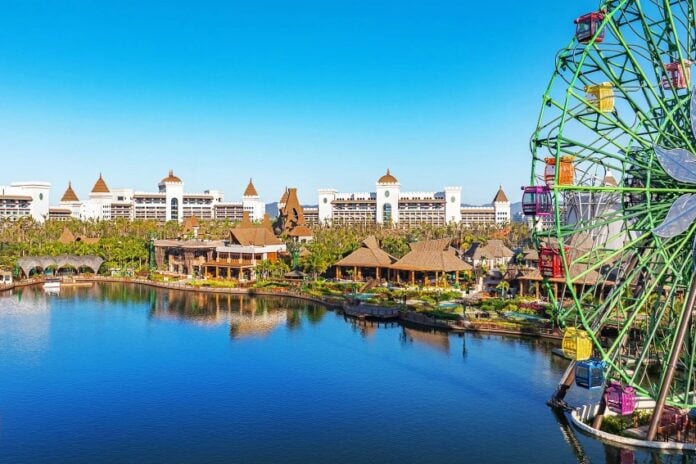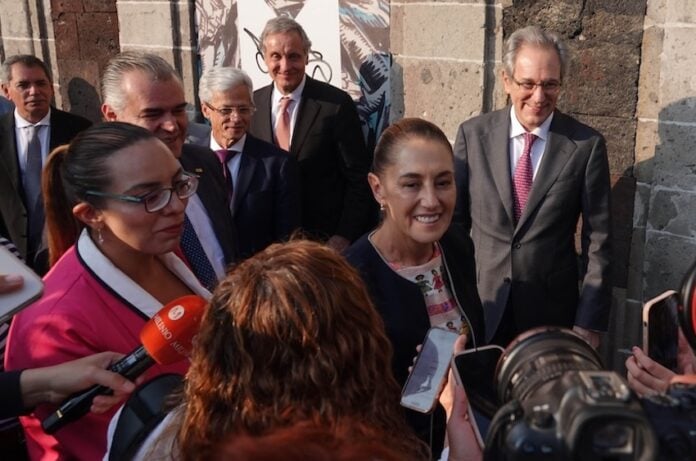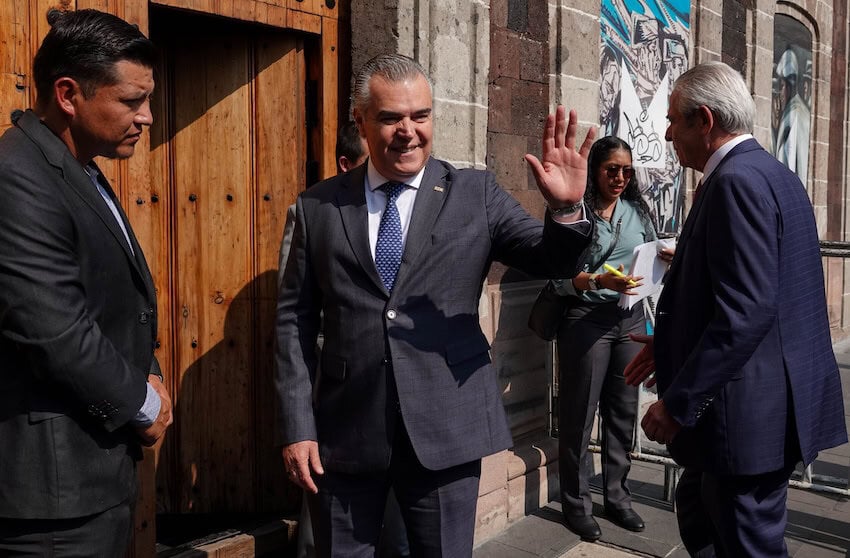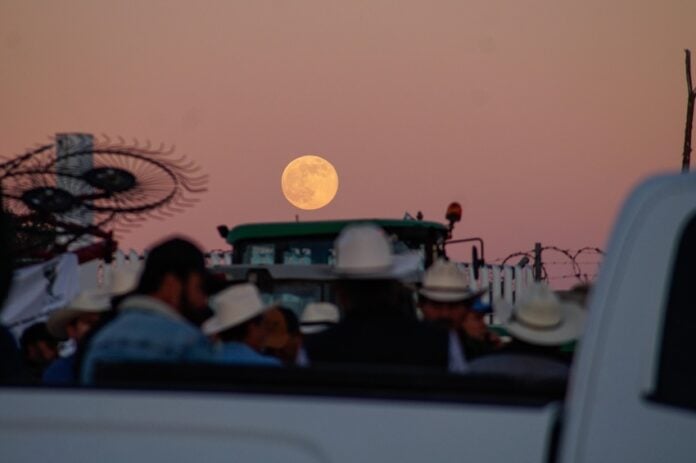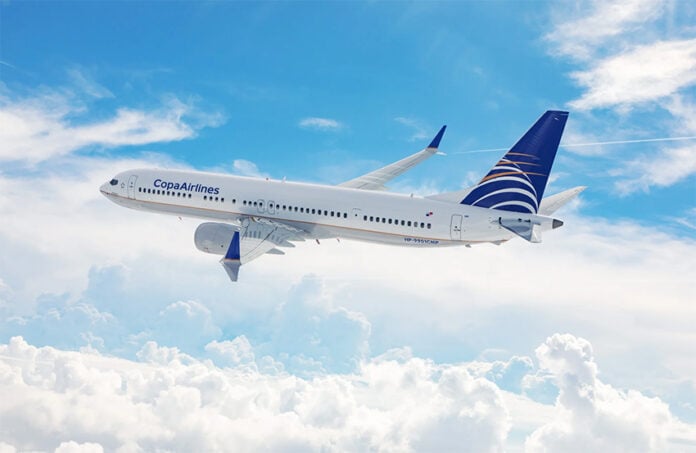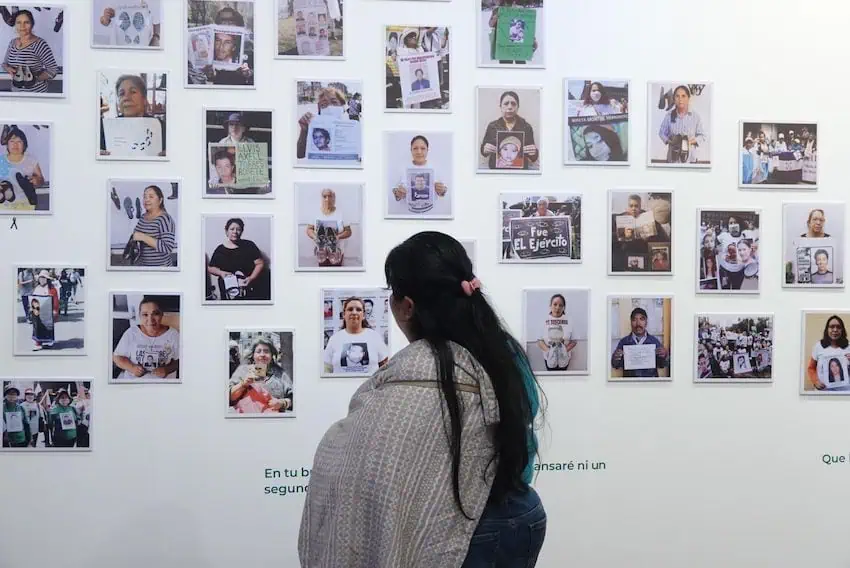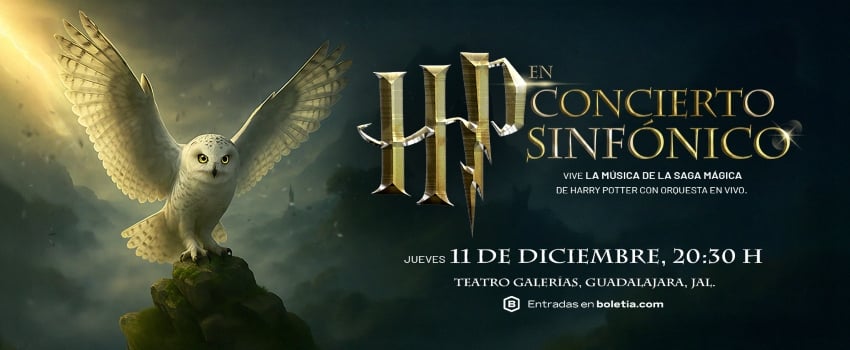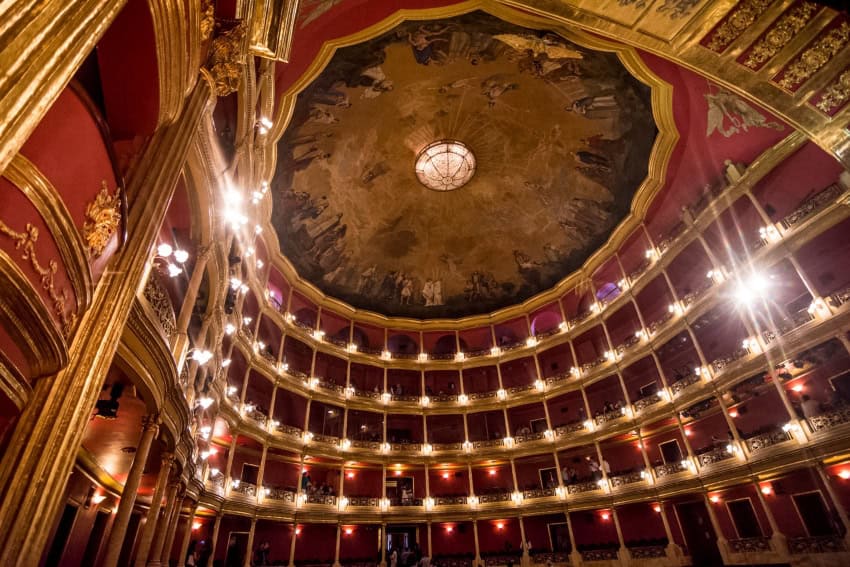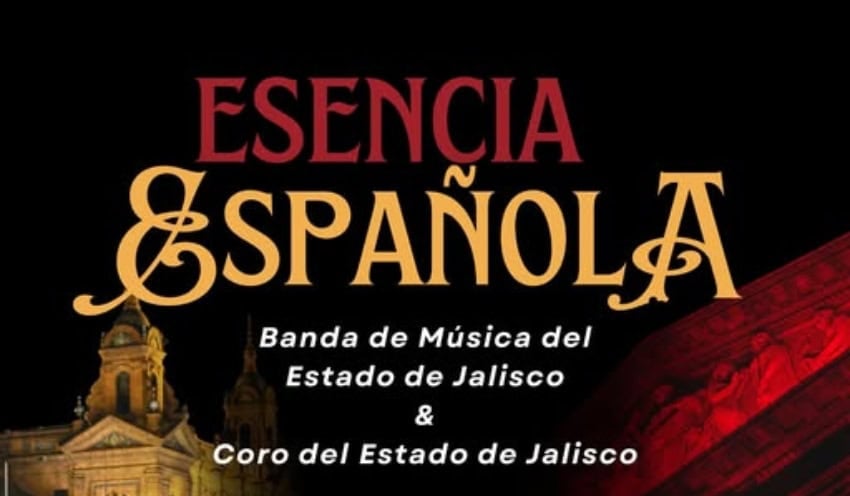Riviera Nayarit and Puerto Vallarta have spent the last decade evolving from long-loved Pacific escapes into one of Mexico’s most-visited tourism corridors. That evolution is now accelerating at a pace the region has never experienced before. International attention is climbing sharply, major brands are debuting high-end developments, and the city is positioning itself as the de facto beach destination for fans attending matches in Guadalajara, placing the bay in front of a global audience months before the first whistle blows for the 2026 FIFA World Cup.
Into this moment arrives the next major chapter: VidantaWorld‘s long-anticipated expansion, which debuts in phases this month. Although the hotel complex itself is not new, the opening of a luxury hotel, Cirque du Soleil’s LÚDÕ, and the BON Luxury Theme Park represents one of the most significant hospitality investments the region has seen. It is development on a scale that signals that Riviera Nayarit and Puerto Vallarta are well past the stage of rising contenders.
Tourism upgrades in Puerto Vallarta and Riviera Nayarit

To understand the significance of Vidanta’s expansion, it must be viewed against the backdrop of what is happening across the bay. The tourism landscape here is transforming far broader than any single project.
In the north, the opening of Siari, A Ritz-Carlton Reserve, has introduced one of Marriott’s most exclusive brands to the region. Set within a remote Pacific enclave and limited to fewer than 60 residences, its arrival places Riviera Nayarit among the small handful of destinations worldwide with a Reserve-level offering.
South of the Ameca River, Puerto Vallarta’s hotel infrastructure is undergoing its own recalibration. The long-standing Westin Resort & Spa, Puerto Vallarta, is converting to an all-inclusive model in May, an indicator of shifting guest behavior and of global brands rebalancing inventory to meet that demand. Meanwhile, construction continues on Garza Blanca’s Sanctuary Tower, slated to open in 2026.
This rapid pipeline of openings has created a foundation for the region to begin courting a new tier of traveler, one driven by design, exclusivity and amenities that compete directly with Cabo and Mayakoba in Riviera Maya. Against this backdrop, VidantaWorld’s expansion lands at a pivotal moment.
The expansion of VidantaWorld
Vidanta’s new development phase has been more than 10 years in the making, according to Iván Chávez, executive vice president of Grupo Vidanta. He noted that the company’s original ambition was never to expand incrementally, but to leap into the global entertainment and luxury landscape. “We knew in order to compete globally (in the) luxury market, we needed to do much more than pools, sand and margaritas. That wasn’t going to cut it,” he said. “Travelers want a much more sophisticated offering.”
The first piece guests will encounter is Cirque du Soleil’s LÚDÕ, which premieres this month in a US $200 million aquatic theater custom-built for the show. The production brings together a 360-degree water stage, a wraparound aquarium and elaborate, cascading set pieces.

Outside the theater, BON Luxury Theme Park begins to take shape — the anchor attraction of VidantaWorld’s next era and the most ambitious piece of the expansion. Inspired by nature, the park will feature 23 attractions, themed areas, spa services, luxury restaurants and movable bar carts for cocktails-on-the-go. Guests will move through a sequence of distinct precincts, including BON Plaza, Fantasy Gardens, Empire of Light and the Cirque du Soleil Zone. These areas will house a mix of thrill rides, family attractions, and media-based experiences developed with globally recognized industry partners.
Food and beverage play an equally prominent role. Chávez said the company tested “luxury low-density” concepts at Jungala Aqua Experience in Riviera Maya — VIP cabanas, mixologist-run bar carts and full-service dining — and found that the model was not only commercially successful but elevated the guest experience. Those same ideas inform BON’s offerings. The park will feature more than two dozen restaurants, many full-service rather than quick-service, blurring the line between theme park and resort.
BON Luxury Theme Park’s steep price of admission
Admission, however, will come at a premium: roughly US $150 per person per day. While comparable to U.S. theme-park pricing, it is effectively cost-prohibitive for many people who live in the Puerto Vallarta–Bahía de Banderas region. That reality makes the park’s target audience clear. BON is being designed as a destination for high-spend international visitors rather than a local recreational space, a distinction that is likely to shape how residents perceive the project in the years to come.
Underlying the park’s operations is a strict attendance cap. While the physical footprint could accommodate far more guests, Vidanta plans to limit entry to around 10,000 people per day, depending on attractions in operation. The cap is central to the company’s philosophy of “luxury, not lines” — a theme reinforced throughout the property’s design.
The destination is preparing for an exceptionally busy winter, with its airport already operating at near-historic levels. Through the end of October, Puerto Vallarta International Airport handled 5.62 million passengers — a 1.6% increase over the same period in 2024, according to airport operator GAP. International arrivals have dipped slightly, but domestic travel is up more than 10% so far this year, helping keep overall volumes firmly in positive territory.
The winter high season will bring as many as 54 routes and more than 1,000 weekly flights, placing Vallarta among Mexico’s most active terminals. The new terminal building, now past the halfway point of construction, is expected to double capacity and introduce energy-efficient systems, expanded gates, and streamlined passenger flow once it opens next year.

All of this feeds into the region’s interconnected tourism economy. As Riviera Nayarit and Puerto Vallarta prepare for an influx of global visibility next summer through the FIFA World Cup, new luxury entrants and VidantaWorld’s expansion, the region finds itself at an inflection point. Growth is accelerating, investment is increasing and projects like BON Luxury Theme Park signal that the bay is no longer simply competing within Mexico, but positioning itself to compete with some of the world’s most recognized leisure markets.
Whether residents welcome every aspect of that shift is another question. But the direction is unmistakable. Puerto Vallarta and Riviera Nayarit are not here to play small.
Meagan Drillinger is a New York native who has spent the past 15 years traveling around and writing about Mexico. While she’s on the road for assignments most of the time, Puerto Vallarta is her home base. Follow her travels on Instagram at @drillinjourneys or through her blog at drillinjourneys.com.
